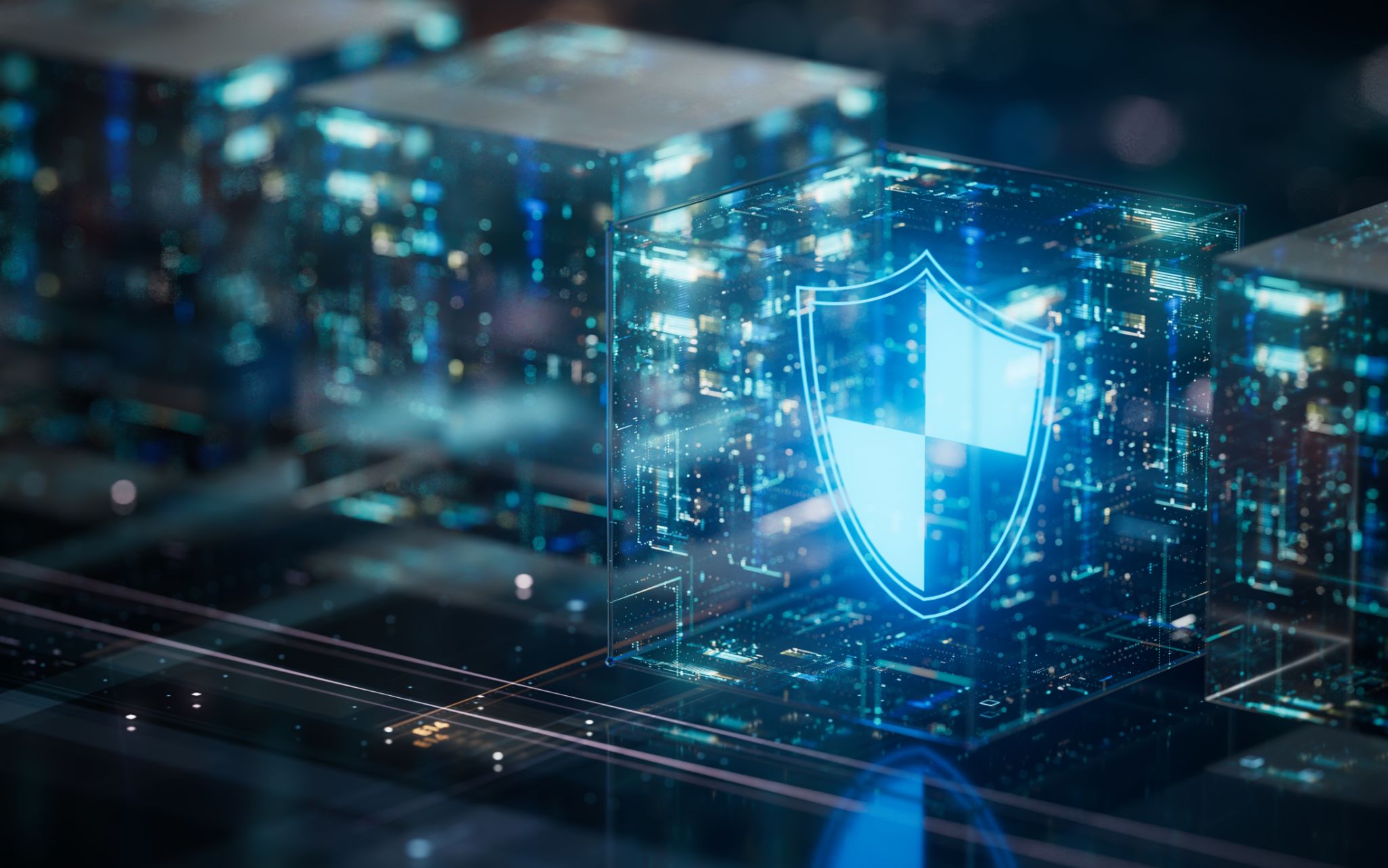Top Cybersecurity Myths Debunked: What You Really Need to Know
Understanding Cybersecurity Myths
In the rapidly evolving world of technology, cybersecurity remains a critical concern for individuals and businesses alike. However, despite its importance, numerous misconceptions persist. Understanding the truth behind these myths is essential for maintaining a robust security posture.
One common myth is that small businesses are not targets for cyber attacks. In reality, cybercriminals often see small businesses as low-hanging fruit due to their potentially weaker security measures. Every business, regardless of size, is a potential target and must prioritize cybersecurity.

Myth: Antivirus Software Alone Is Enough
Another widespread belief is that having antivirus software provides complete protection. While antivirus programs are a crucial component of a security strategy, they are not a standalone solution. Cyber threats are diverse and constantly evolving, requiring a multi-layered approach.
Effective cybersecurity involves using firewalls, intrusion detection systems, and regular software updates, among other measures. Educating employees about cybersecurity practices also plays a vital role in defending against threats.
The Role of Firewalls
Firewalls act as barriers between your internal network and external threats. They monitor incoming and outgoing traffic and can block malicious efforts to access your system. Pairing firewalls with antivirus software enhances your defense mechanisms significantly.

Myth: Strong Passwords Are Enough
While strong passwords are essential, relying solely on them is risky. Passwords can be compromised through various means such as phishing, brute force attacks, or social engineering. Implementing multi-factor authentication (MFA) provides an additional layer of security.
MFA requires users to present two or more verification methods to gain access—such as a password and a temporary code sent to their smartphone—making unauthorized access significantly more difficult.
Importance of Regular Updates
Many people underestimate the importance of keeping software up to date. Hackers exploit vulnerabilities in outdated software to gain access to systems. Regular updates ensure that security patches are applied, reducing the risk of exploitation.

Myth: Cybersecurity Is Only an IT Concern
It's a common misconception that cybersecurity responsibility falls solely on the IT department. In truth, cybersecurity is an organization-wide concern. Every employee has a role to play in maintaining security by following best practices and being vigilant against potential threats.
Training programs and regular awareness sessions can empower employees to recognize phishing attempts and other malicious activities, thereby reducing the risk of breaches.
Building a Cybersecurity Culture
Creating a culture of cybersecurity within an organization can significantly enhance its defenses. Encouraging open communication about potential threats and fostering an environment where employees feel responsible for security can lead to proactive protection measures.
Debunking these myths and educating individuals about the realities of cybersecurity can help create safer digital environments for all. By implementing comprehensive security strategies and fostering awareness at all levels, we can better protect our data and systems from evolving cyber threats.